Frida Schütze was always fascinated by photography, ever since she was a little girl, watching her father taking pictures with his Exa 1a – an old camera made in GDR. Despite her love and curiosity towards it, Frida always thought photography was something you could only do after studying professionally. Luckily, she managed to overcome this mental barrier at the age of 27.
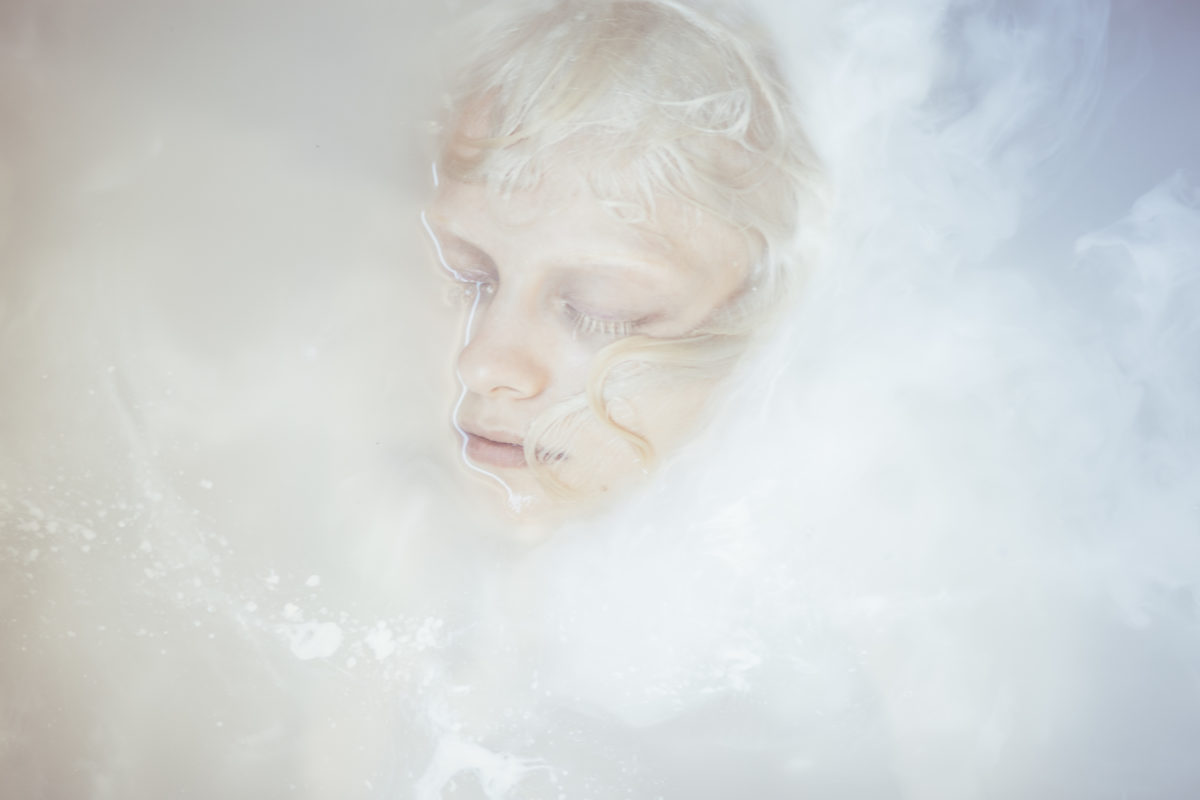 One day Frida received advice from a fellow photographer: she just needed a prime lens and Photoshop Lightroom – that’s it. That’s what she did, and she’s been doing ever since… from a technical point of view, of course. Starting with simple portraits of friends, she improved over time, and her photography evolved more towards Fine Art. The most important ingredients for a good picture for Frida are interesting faces, good lighting, and that little magical spark of coincidence.
One day Frida received advice from a fellow photographer: she just needed a prime lens and Photoshop Lightroom – that’s it. That’s what she did, and she’s been doing ever since… from a technical point of view, of course. Starting with simple portraits of friends, she improved over time, and her photography evolved more towards Fine Art. The most important ingredients for a good picture for Frida are interesting faces, good lighting, and that little magical spark of coincidence.
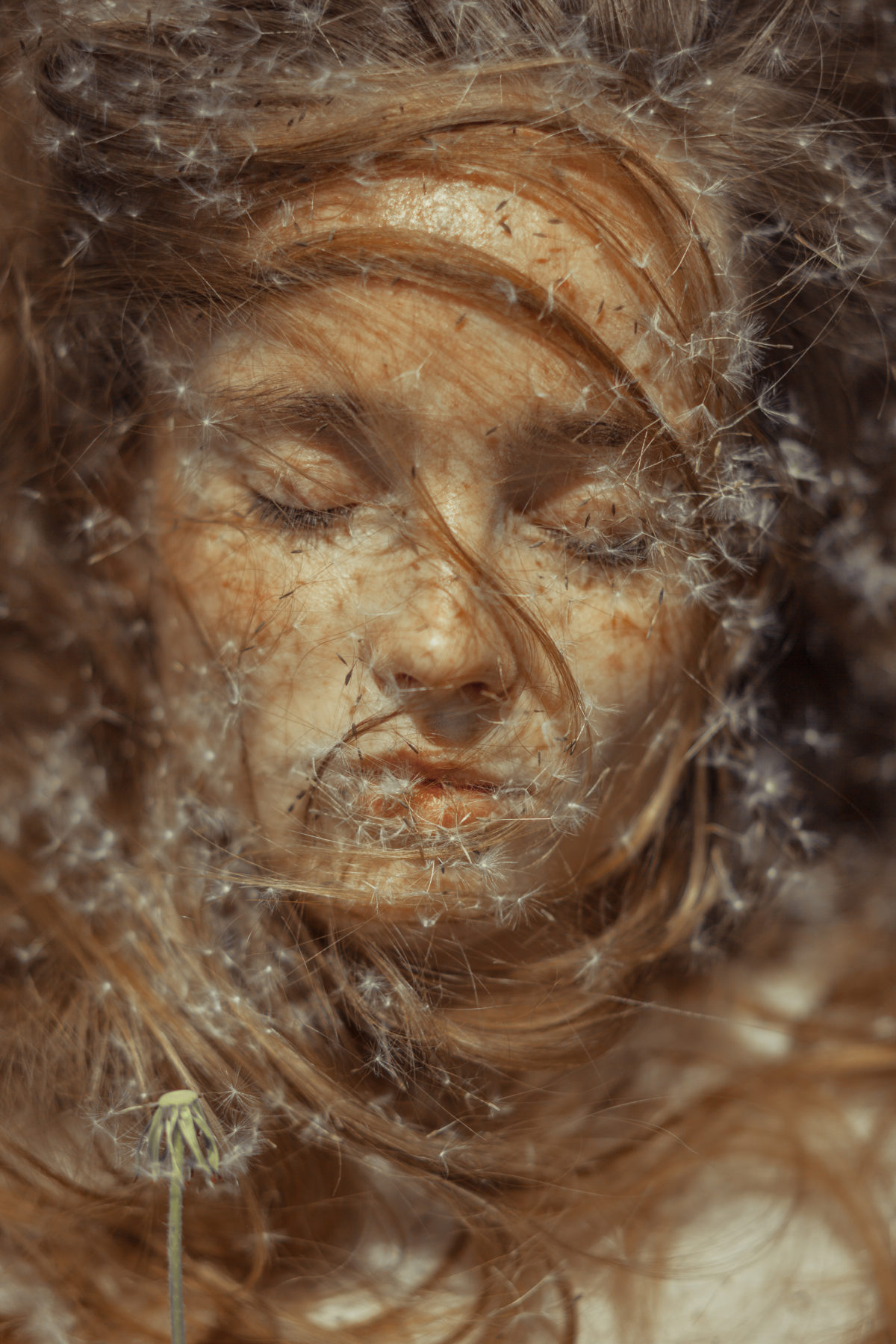 Five Questions to Frida Schütze
Five Questions to Frida Schütze
How would you describe your photography to someone who has never seen it?
I want to show beauty in its natural and vulnerable form – no heavy makeup, no jewelry, no perfect Photoshop editing. I like to combine it with arty elements, especially water photography in bath tubs is my most favorite way of portrait making. Sometimes my pictures can also have scenic backgrounds like architecture from the 30’s, or various abandoned locations, but the person that I’m taking pictures of is always the focus of my work.
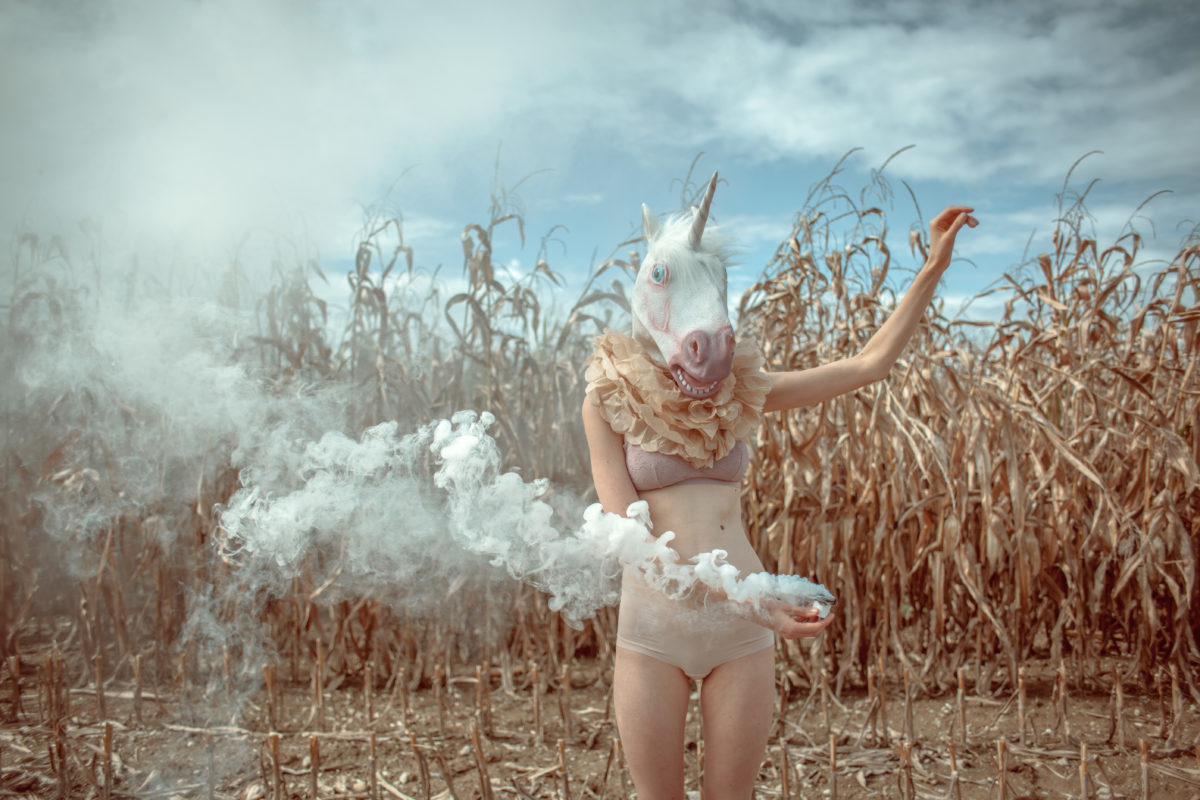 What makes a great photograph?
What makes a great photograph?
Every picture that catches my eye and makes me look at it for more than a second. We’re so overloaded with images and it kind of all looks the same. But sometimes there are pictures that are different – that can be a creative idea that I’ve never seen before, or an interesting face. Mostly, I’m caught by special kinds of colors and minimalism that make pictures feel dreamlike and surrealistic.
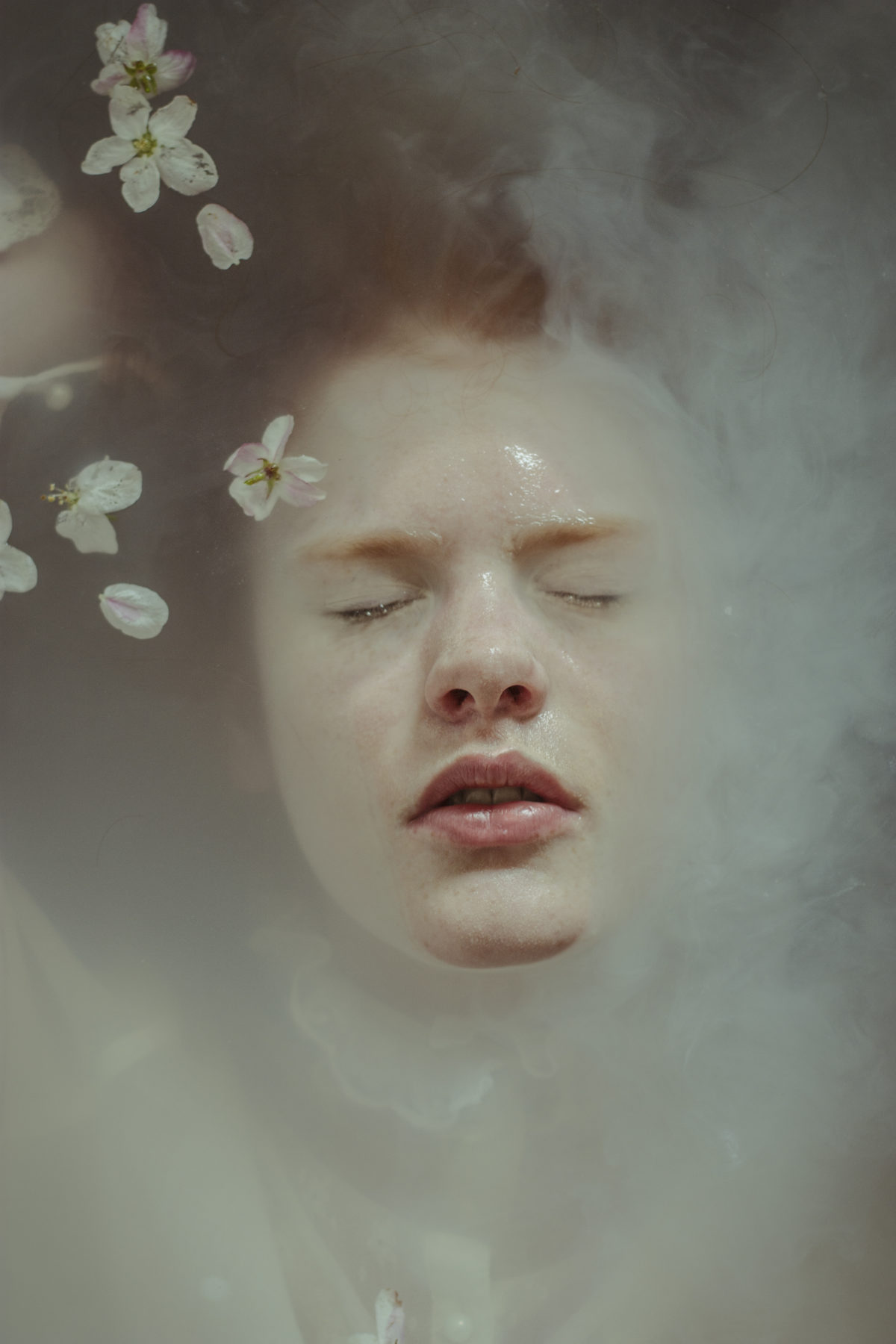 What’s your main source of inspiration when you’re behind the camera?
What’s your main source of inspiration when you’re behind the camera?
For one, the model, of course. The setting of the picture has to match the person that I’m taking pictures of. Also, the place where I am. I don’t work in studios and I don’t have a highly defined concept for a photo shoot. Usually I’m carrying a big bag with me that contains various dresses and accessories that might be useful – like smoke patrons, confetti, a ball of wool, glitter powder etc. Most of the time, I just meet my models when I’m visiting other cities or I meet them at their homes. I’m always on the lookout for cool places and backgrounds that inspire me. So in the end, my inspiration is always a lucky combination of the model, the place where I am, what I have in my bag and the light that’s available.
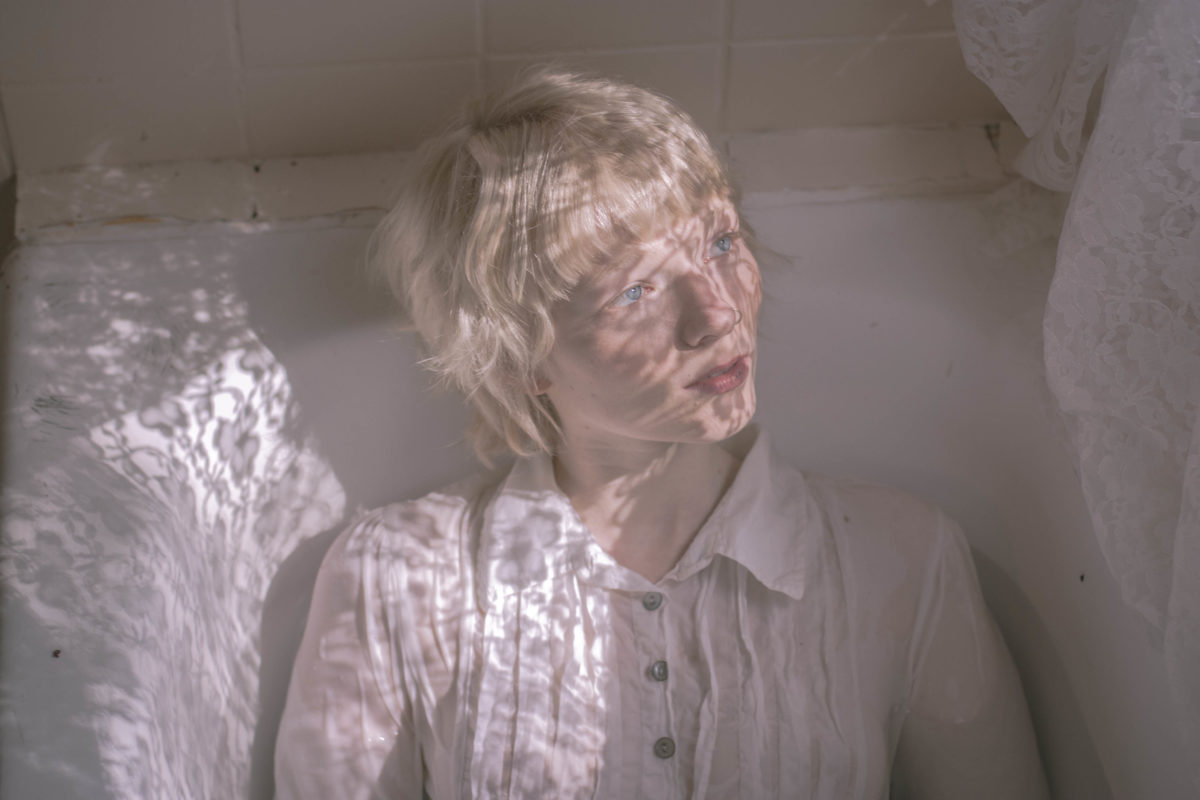 How is the photography industry changing in the digital era?
How is the photography industry changing in the digital era?
Probably the thing that’s changed the most is that the worth of a good picture has fallen. Everyone can buy a camera, install Photoshop, take pictures and publish them on Facebook, Instagram, etc. – like I did as well. On the one hand that’s fantastic because there are so many incredibly talented people out there, creating fascinating images. The whole world is connected and I’m in contact with people from Mexico, Italy and so many other places. But on the other hand, there is that gigantic mass of images, which we’re consuming like fast food.
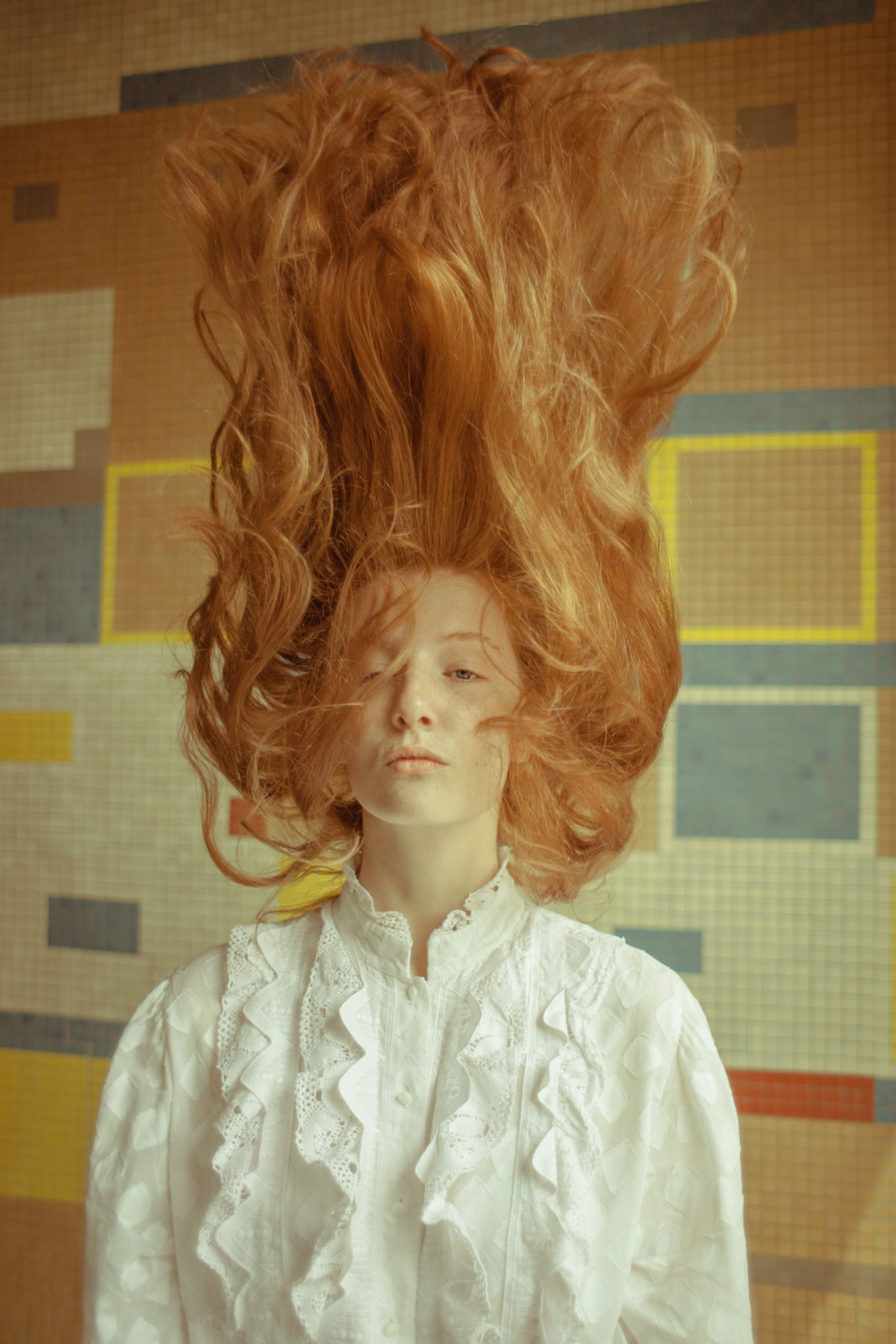 Have you heard of Blockchain and if so, what are your views on it?
Have you heard of Blockchain and if so, what are your views on it?
No, I’m sorry – never heard of it.

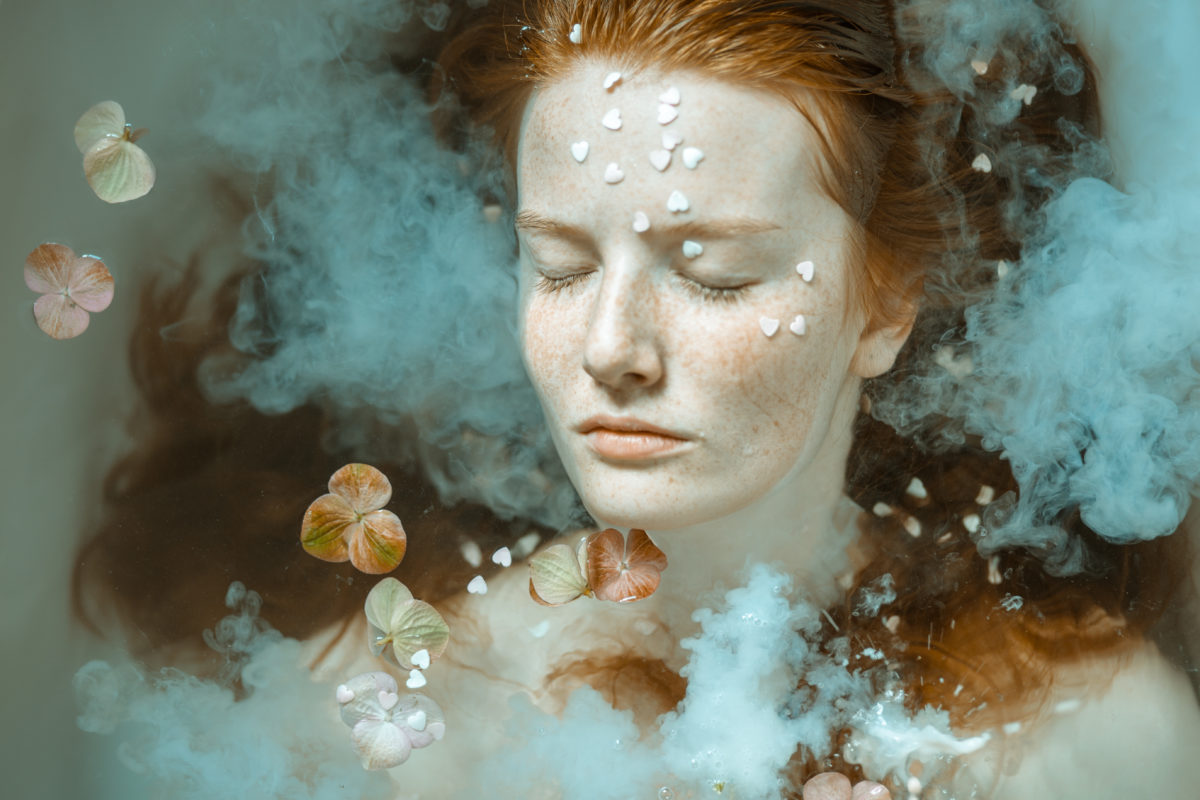 You can find Frida’s work on
You can find Frida’s work on